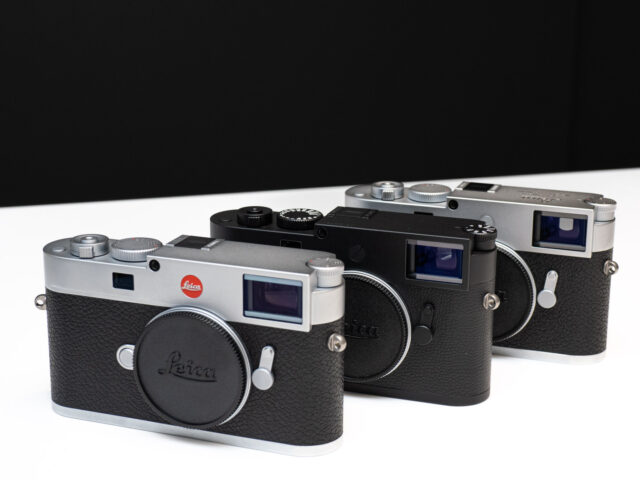
What to expect from Leica in 2024 and 2025? Our crystal ball article in November 2022 proved to be one of the most successful opinion pieces of the past two years, spurring links from many other publications. In general, the predictions were spot on, with one major exception — the M11 Monochrom arrived sooner than anyone expected. Read on.
Now let’s look at 2024 and 2025 and try to work out what cameras we are likely to see — cameras only because lenses are less easy to predict and could form a separate article. While most Leica introductions follow a well-documented template, I think there could be two major surprises which have not yet been mentioned.

Leica SL — the future?
I will start with the relatively easy bit — the SL…
The SL3 will arrive next month, as widely predicted (and as suggested by Macfilos as long ago as November 2022). If you want a date, let’s settle on Thursday, March 21. Leica’s new model releases (with no recent exceptions that I can think of) take place at 3 pm German time on a Thursday, so there are only four open windows in March. The 21st is the most likely, using tail-of-the-donkey logic. [Update 10 February: The betting is now on a launch on Thursday, March 7].
The new camera will certainly be built around the 60MP sensor already seen in the Q3 and M11. It will feature phase-detect autofocus, just like the Q3, and a simplified control array. We believe the SL3 will also have the limited up/down tilting screen mechanism of the Q3, will use the same battery as the SL2/Q3 and could feature improved stabilisation. The viewfinder on the SL2 remains one of the best on the market, so Leica’s boffins may not consider further refinements necessary, but it is something to watch.
One big question is over size and weight. It has long been suggested that the SL3 will be smaller and lighter than the SL2. While this will indeed be the case, the differences will be minimal to the point of irrelevance. Perhaps, by some sleight of hand, the new camera will just look more compact. We are certainly not going to see a camera as small as the Lumix S5II.
There have been suggestions that a smaller L-Mount camera is in the works. Thorsten von Overgaard covers this in his SL3 review, and he expects such a camera, perhaps giving a nod to the discontinued CL but with a full-frame sensor. While I have not heard this suggestion elsewhere, it would make some sense and would provide Leica with a lower price entry point in the mirrorless market.
The SL2-S has been successful and, despite (or because of) the 24MP sensor, it has probably cannibalised SL2 sales to some extent. The lens bundles have proved particularly popular. For the moment, I do not envisage a replacement for the SL2-S arriving at the same time as the SL3. Rather, it would make sense for Leica to continue selling the SL2-S for as long as possible to provide a clear distinction between models and to offer a lower entry point for the system.
The SL2-S has particular appeal because of the smaller file size and the feeling among many users that “24MP is enough”. As with the Panasonic S5II (and IIx) the lower density is considered a plus by videographers. Panasonic has established that there is room for both high and medium resolution cameras.
For the moment, then, let’s pencil in the SL3-S for early 2025.
Leica Q — the success story

The Q has been an enormous success by Leica standards. When the original model was introduced in 2015, even Leica was surprised by the level of demand. The Q2 and, now, the Q3 also performed spectacularly, with long waiting lists during the first few months. The Q3 was launched in May last year and has been on back order for the past eight months. Only now are dealers approaching the point where they can claim that the camera is “in stock”.
It’s interesting to note that two other fixed-lens compact cameras, the Fuji X100 and the Ricoh GR, have also been in great demand and difficult to find. Could this, together with the Q3’s success, indicate a general market dalliance with non-interchangeable-lens cameras. The versatility of the Q3 in particular, with its high-resolution enabling more useful crop-to-zoom photography, could be a good indicator.
The Q2 arrived in February 2019 and was followed in November 2020 by the Q2 Monochrom. If the same interval is applied to the Q3, we are due for a monochrome version 22 months from May 2023. So we can expect the Q3 Monochrom to arrive in the first quarter of 2025. However, if the change of heart over the shorter lead time in the M11 series is followed, we could see the Q3 Monochrom launched earlier, perhaps in the last quarter of 2024.
Leica M — the bread and butter
The three rangefinders
The M11 range is moving to completion much earlier than has been the case in the past. Just two years after the arrival of the base M11 model, we already have the two major variants, the M11-P and M11-M on the shelves. The big surprise was the early launch of the M11 Monochrom which, by rights, should not have come until late 2024 or early 2025. But, as I said in November 2022, there could be changes. And there were.
Earlier this year, I heard a whisper that the M11 Monochrom could come as early as Q3 in 2023, and I think this is now likely So far, I have heard nothing about the M11-P, and I suspect it will now launch after the M11-M but probably before the end of 2023.
Macfilos in November 2022
This change in sequence of the Monochrom and P model could be an indicator of a general policy reversal. Whereas the progression had always been from M to M-P and then M-M, things changed this time round. With the M11 range, the sequence has been M, M-M, M-P. This is actually a sensible and popular move, giving buyers of the M11 Monochrome a much longer period of “currency” than in the past.
The move will give Monochrom buyers the confidence that they will have a long run before the M12 comes along. Part of the reason for the shorter interval between the M11 and M11-M, however, must be down to the delay in the launch of the M11 because of Covid. Work on the variants could therefore have been more advanced than usual, and we should be careful not to read too much into the current sequence.
All this means that it is increasingly difficult to predict when the M12 will arrive. Presently, we will stand by our assertion that the next M will arrive in early 2027 or, perhaps, the last quarter of 2026. The pending arrival of a new model is usually preceded by a flurry of special editions, so start counting down from then.
Note that the chrome version of the Leica M11 appears to have been discontinued, probably because potential buyers prefer to go for the M11-P version, which is not much pricier.
The missing link
There is currently one M variant missing from the line-up. When the M10-D was discontinued prematurely in August 2020, most people assumed the reason was lack of demand and a decision that the idea of a screenless M concept was a dead duck. However, it now appears that the real reason was that with the arrival of the higher-resolution M10-R, the original M10 platform, including the M10-D, had to be axed.
With this new insight into the real reason the M10-D was axed, the M11 becomes the missing link in the programme. Could we hope for an M11-D in 2024?
I was a great advocate of this minimalist screenless camera and owned both versions of the M-D. When the M10-D was announced in October 2018, I was ecstatic and dubbed it the “digital for the next decade” — a camera that you could buy and use for ten years without suffering from GAS. But the withdrawal of the camera little more than 18 months later came as a shock, and I felt pessimistic about a replacement. But I believe a -D concept is a desirable variant that should be part of the M11 range.
If there is to be a new M11-D, what should we wish for? The M10-D was just about the ideal as a simple, no-nonsense rangefinder camera without all the bells and whistles that seem to be obligatory these days in any digital. Shooting with the M10-D was as near to the experience of shooting film as you could get, but without the cost and 36-shot inconvenience of film. So I am not looking for much in the way of change.
From my perspective, the M10-D had just two questionable features which could be in for change. The faux advance lever, something that caught the imagination back in 2018, soon loses its appeal in use. The lever had a vague purpose as a thumb grip, but that didn’t work well. Had this lever returned to its retro roots as a cocking mechanism for the next shot, it might have made more sense. But such a restriction would soon have become an inconvenience. The idea would work only if the lever action could be turned on and off, and this is unlikely. So I expect a new M11-D will dispense with the “advance lever” altogether.
The other problem with the M10-D was the fiddly on/off switch on the rear dial. It was awkward to operate and made it more likely that the camera would be left switched on. So I would like to see a standard Leica power switch at the base of the shutter button.
If the general concept of the M10-D is followed, an M11-D will look very similar to the M7, Leica’s last and most advanced film camera. But other options could be open. Why not, for instance, style the new camera on the original M3 to help celebrate the ongoing 70th anniversary of the M and the 100th anniversary of the Leica camera? Such a move could add to its appeal.
If the M11-D does materialise, it will undoubtedly feature the 60MP sensor of the M, Q and SL (assuming the SL3 arrives next month as predicted). I am a potential buyer, and it could replace my current M11, which I have owned since day one in January 2022. I’m keeping my fingers crossed.
The M with EVF
The concept of an additional M-Mount camera with an EVF to replace the venerable rangefinder has been bandied around for at least six years. It was mentioned during the Leica Society International conference in Wetzlar in October 2018 and again at the Dublin meeting four years later. At that time, Stefan Daniel suggested that Leica could be interested in producing such a camera if sufficient demand was there.
Later, I wrote an opinion piece on the subject, Leica M with EVF: Do we really need this camera? The idea of such a camera is considered heretical in purist rangefinder circles. Yet, there is no doubt that there is a demand for a mirrorless camera with M-Mount and built specifically to work well with M lenses. While M adaptors can be used on most modern mirrorless cameras, it just isn’t the same. And performance is not always flawless.
Since then, little has been heard about the M/EVF camera. But Thorsten has long been an advocate of the concept. In his SL3 review, referenced above, he mentions a possible interchangeable-lens M-Mount camera based on the design of the Leica Q.
While this is of course possible, I am not sure about the Q reference. The Q’s shutter is in the lens unit, and finding enough space to fit a shutter in the body would be challenging. That said, an M without the rangefinder is probably going to look rather like the Q, even if the dimensions are different.
Special editions
The next two years will be characterised by a succession of special-edition rangefinders. The 70th anniversary of the M3 takes place in April 2024 while 2025 is the 100th anniversary of the Leica camera. Therefore, expect the special-edition department to be a hive of activity over the next 18 months.
Leica compacts — the entry point
With Panasonic backpedalling rapidly in the compact market, the future of both the V-Lux and D-Lux Leica models (which are both based on Panasonic compacts) is in doubt. Until recently, I had assumed that neither model would be replaced, simply because of Panasonic’s new policy.
However, it now seems likely that there will be a D-Lux 8. Even if Panasonic doesn’t replace the LX100, Leica could introduce a new, exclusive compact. There ought to be one to balance the range.
If the camera does turn out to be an exclusive product, it would sell even better than previous versions of the compacts. The compacts have always been hampered in image because of their Panasonic siblings lurking off-stage. It was always easy to suggest that they were just examples of badge engineering.
However, with Panasonic involved in the development, it is almost certain that the D-Lux 8 will follow the four-thirds sensor size used in recent models. Thoughts of an APS-C fixed-lens compact, despite the demise of the CL, are far off the mark.
As for timing, I believe such a camera could arrive soon because there is currently a vacuum in the Leica compact range. Leica has nothing to offer at a more mass-market-oriented entry price, and a new D-Lux would help dealers attract customers to the marque. Following the departure of the CL, anyone buying a new Leica must find at least 4,000 pounds, dollars, or euros, and this is a worry for many dealers.
Medium format
In the past, we have not covered the Leica S range, but things might change with the arrival of a new medium-format mirrorless camera which is strongly tipped for launch next year. Such a camera could look similar to the existing SL full-frame bodies.
Conclusion
The above information is based on speculation and, in the case of the possible M11-D, wishful thinking. However, there is tremendous interest in Leica’s plans and our previous article, in November 2022, has been one of the most popular articles of the past year. It will be interesting to return next year to find out how our predictions have worked out. What do you think, and what models would you like to see from Leica in the next 24 months?
Want to contribute an article to Macfilos? It’s easy. Just click the “Write for Us” button. We’ll help with the writing and guide you through the process.


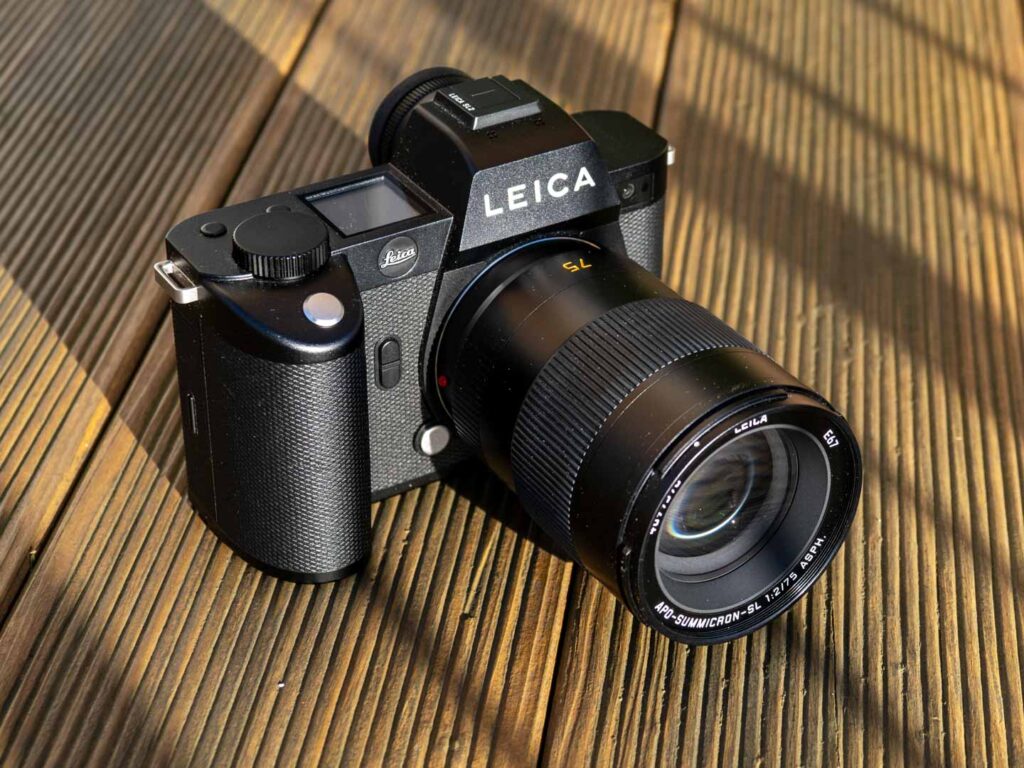
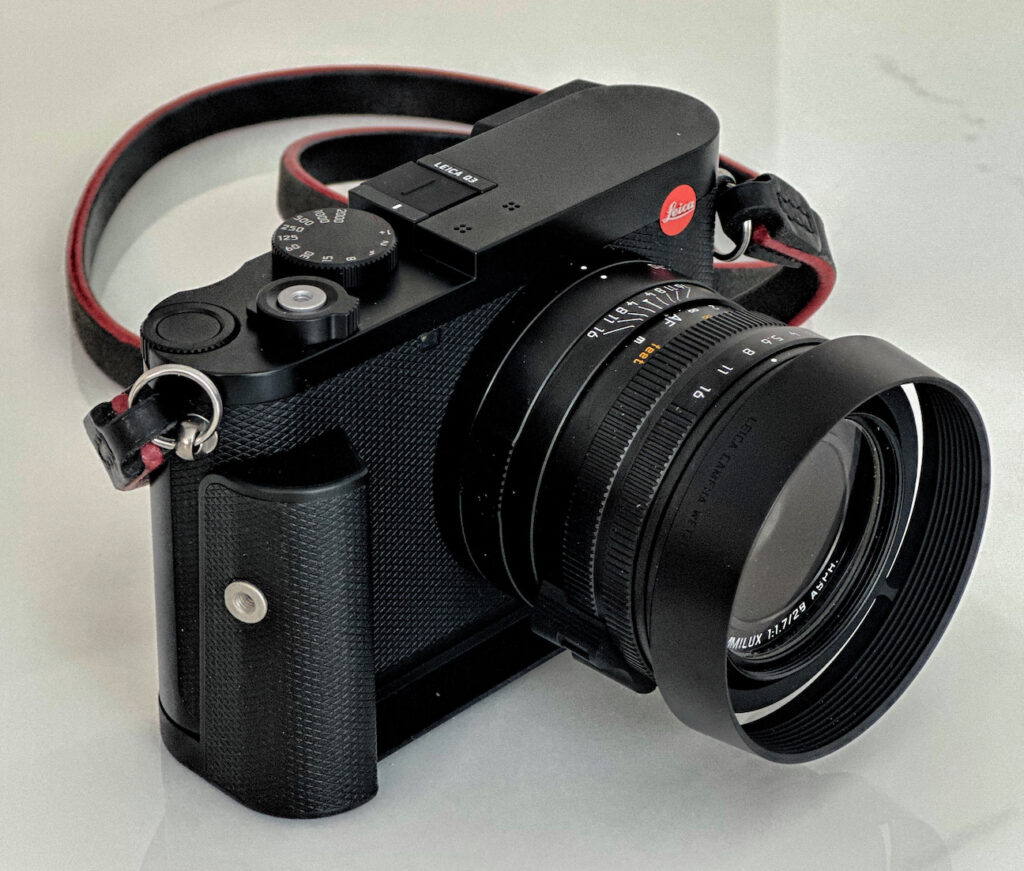
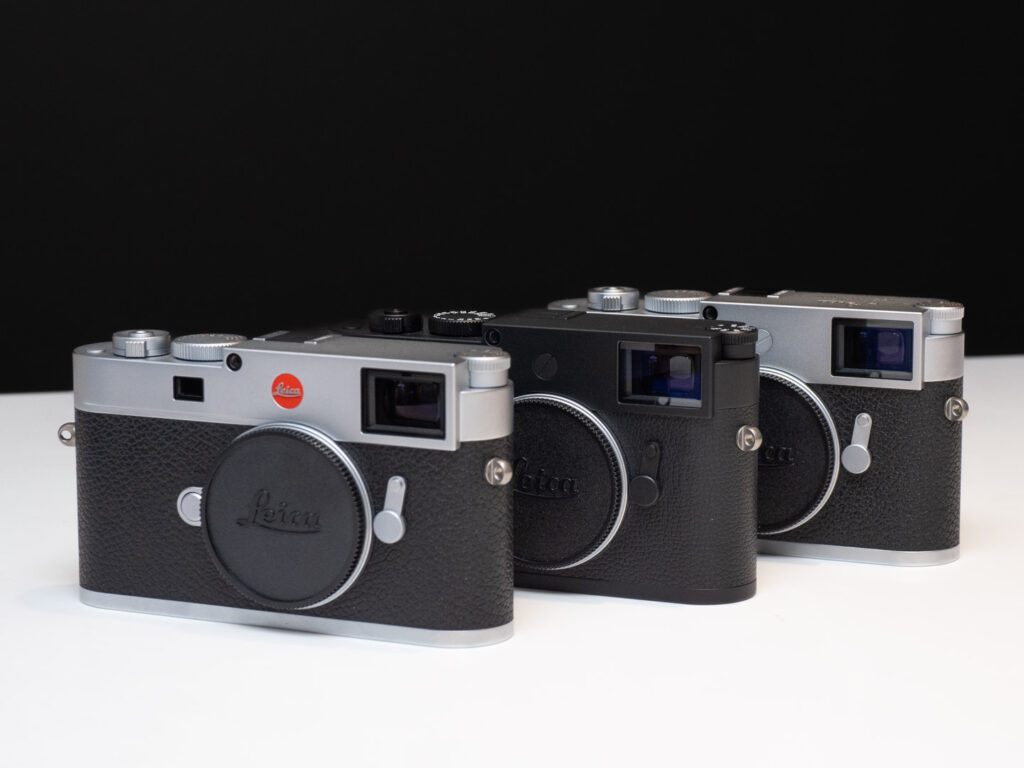
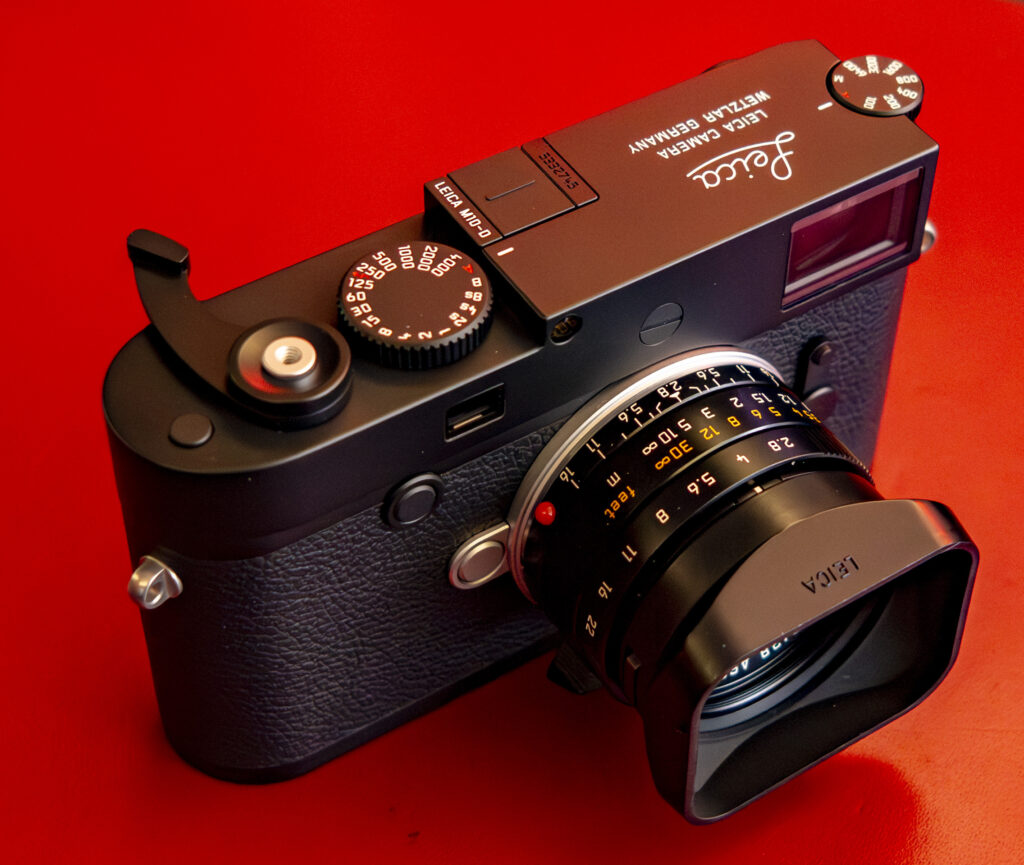
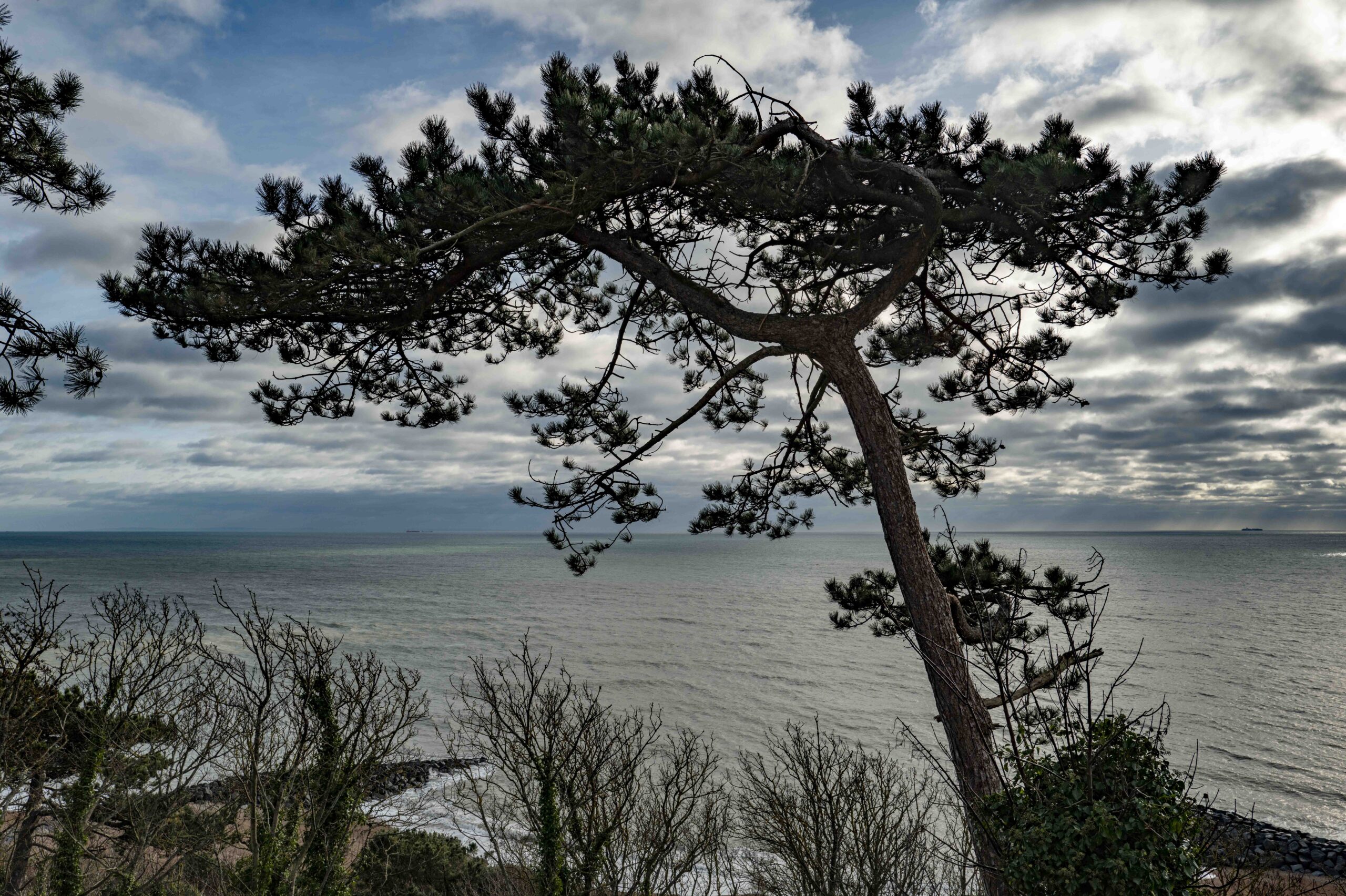
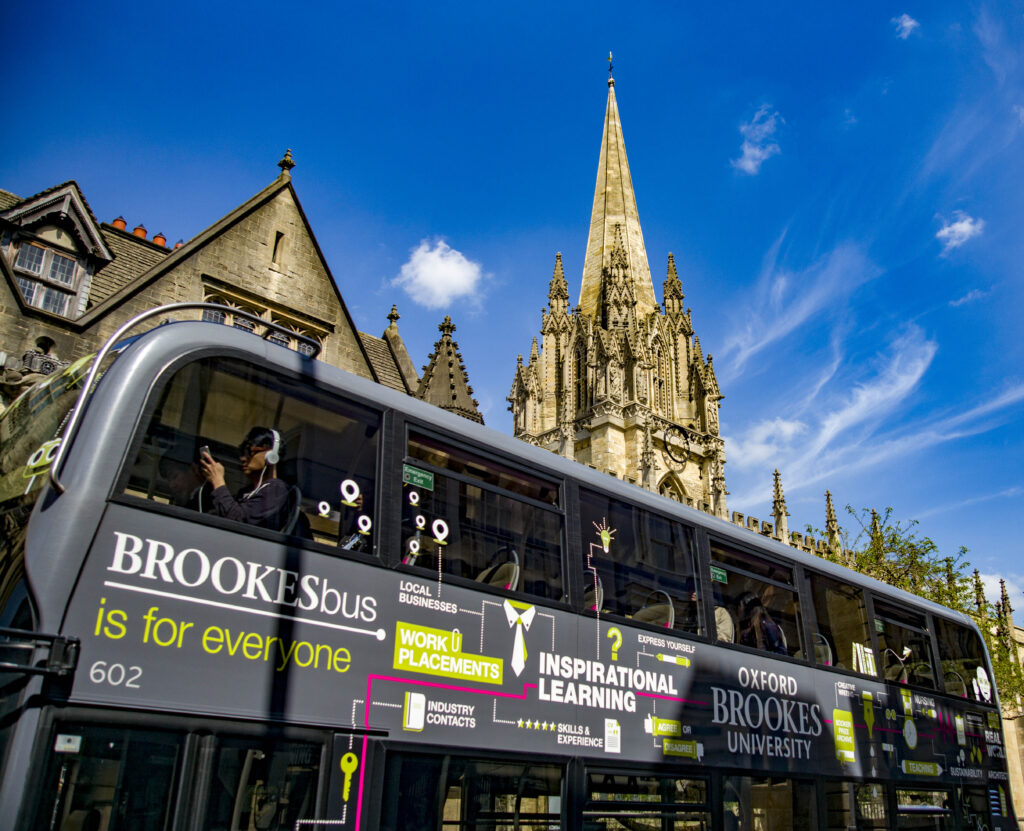
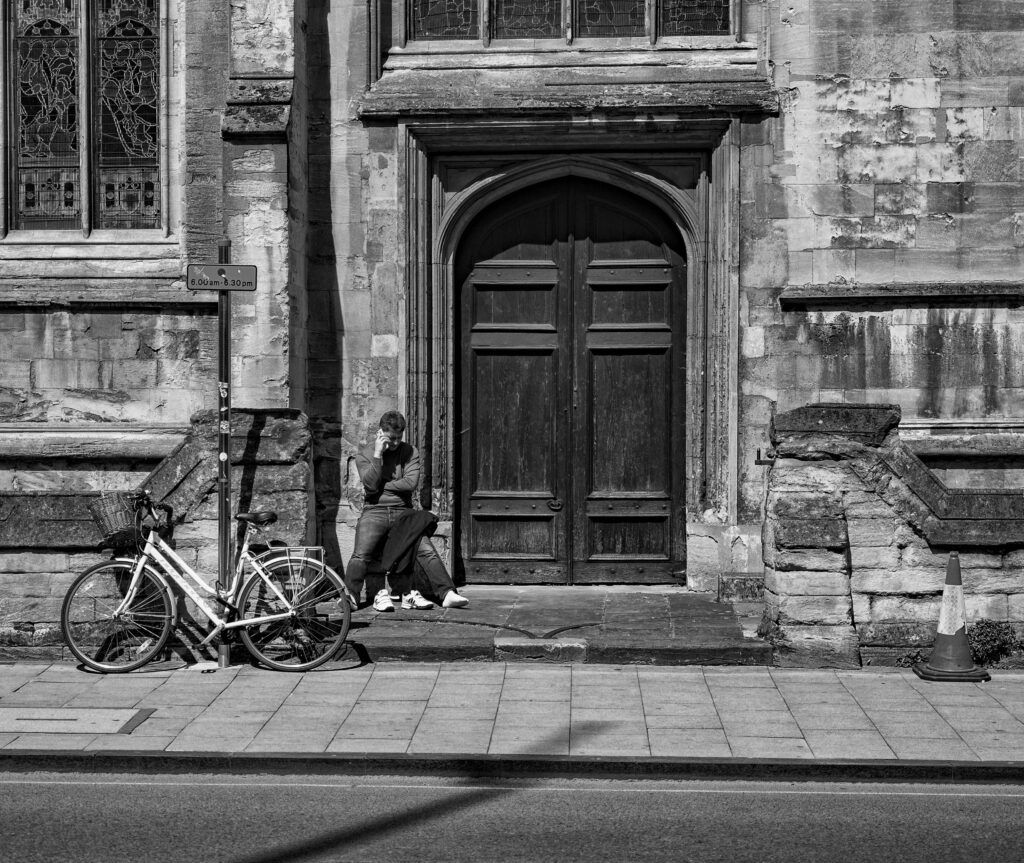
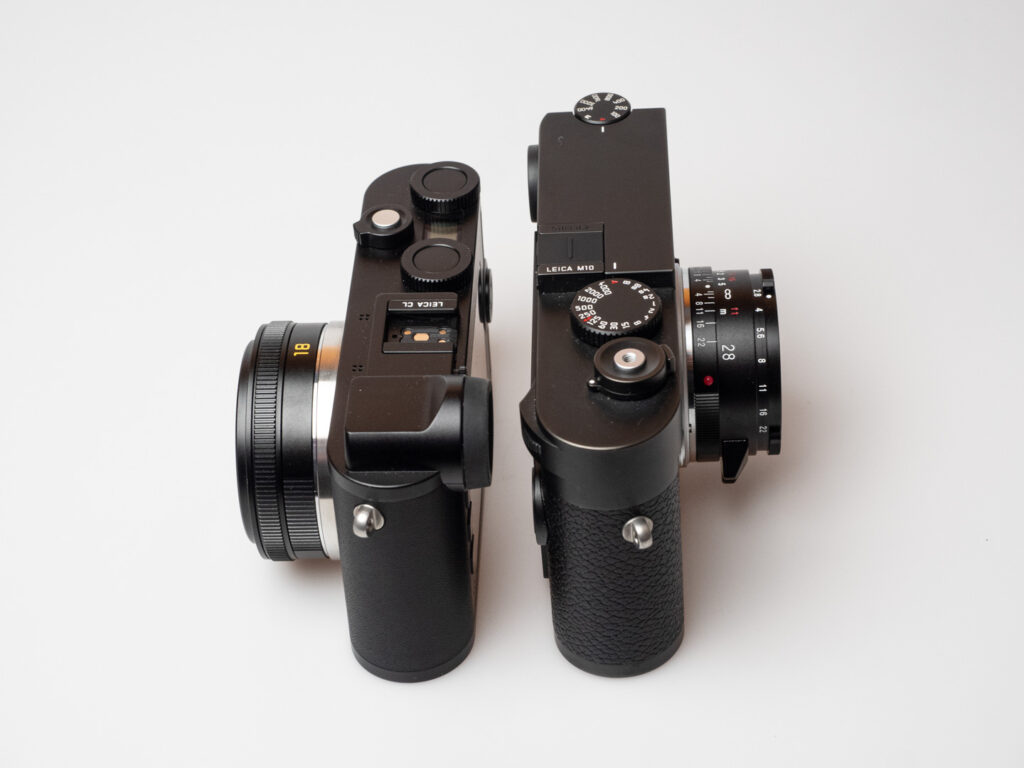

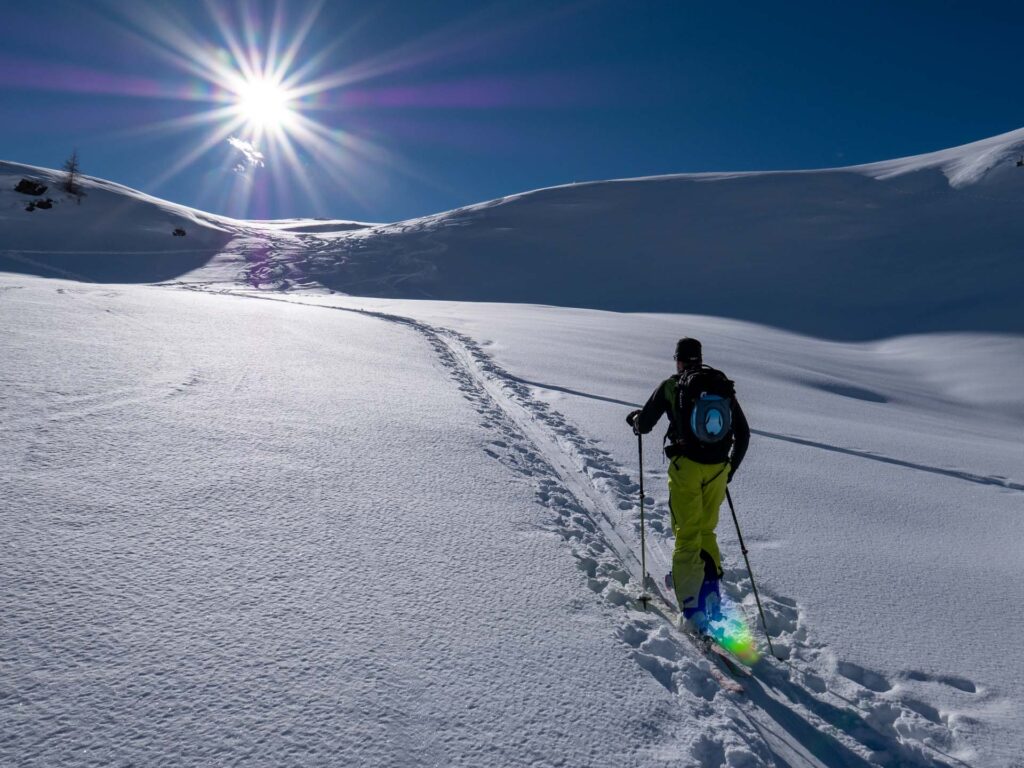
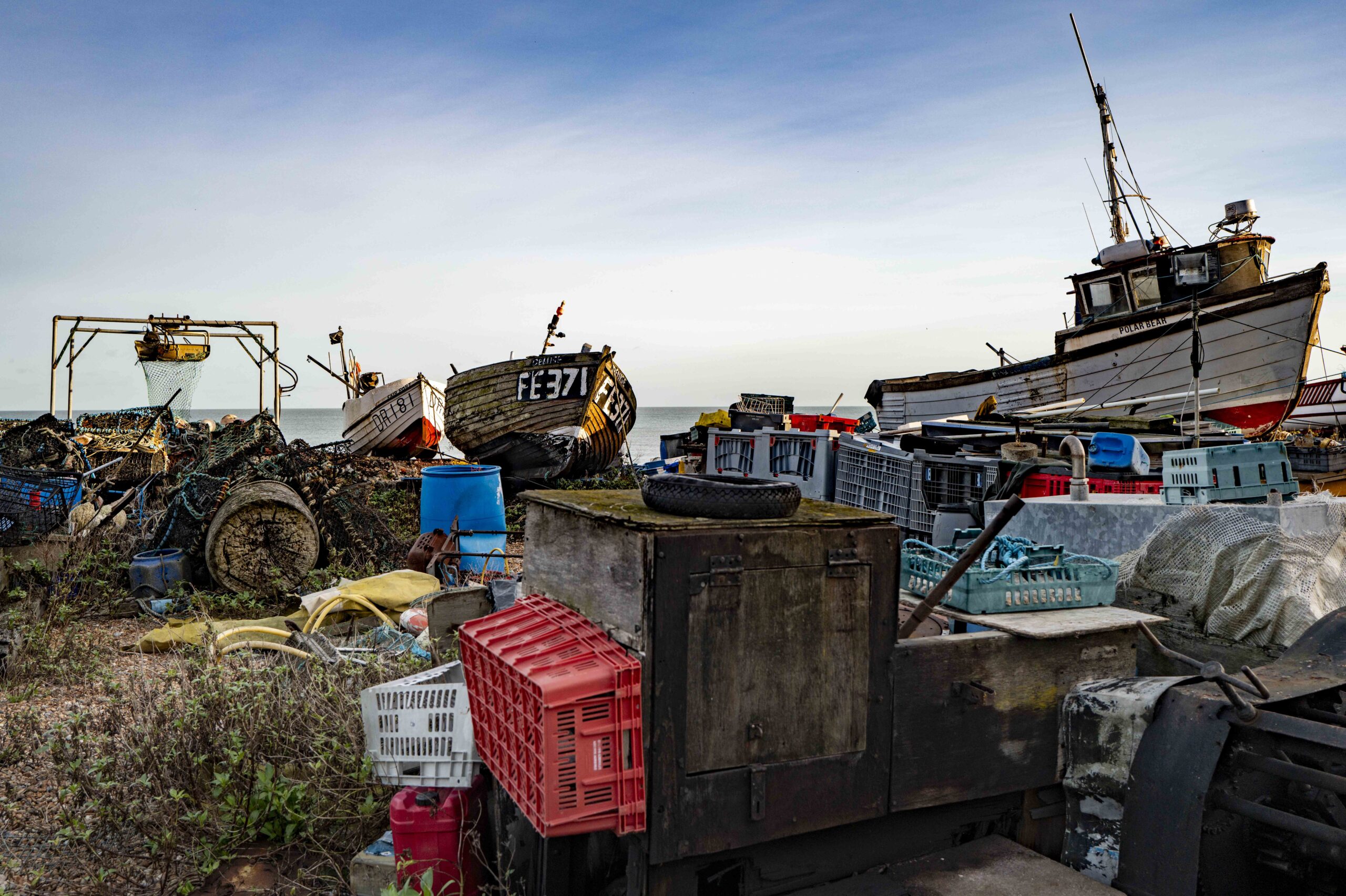




Je possède le CL avec son 18 et le Sigma 18-50 en plus du Q3. J’ai beaucoup de difficulté à choisir lequel emmener car j’apprécie particulièrement les 2 roues du CL. En fait, j’emporte toujours les 2 ! (et le GRIIIx dans la voiture …).
Je serais très intéressé par un nouveau CL, surtout si le Q3M arrivait sur le marché.
What about the vlux? Will it be upgraded? I have the q3 but need a longer lens for long distance shots. The vlux 6 would do the trick especially price wise.
I have heard nothing about the V-Lux and I suspect it will not be revived. It more Panasonic style than the D-Lux, which leant itself to “Leicaficafion” and the job would be harder with the V-Lux. But we don’t know for sure.
If the LEICA M11 D comes on the market for sale I shall grab one, for sure, under condotion:
Forwading lever should have a full function, as in Analog Ms, but not as the thumb resting, screenless, and not less, if not more than 60 megapixels, and, of course Black chrome version.
Sorry to disappoint you, but there will be no lever on the M11-D. We should expect it after postponements from May and June.
M11-D please please please.
EVF M is nuts as you can’t focus at closed down apertures. Using M lenses on mirrorless is only great if you shoot near wide open the whole time. I guess a lot of people do!
I’d like and expect to see the SL continue forward as the flagship full frame technical tour de force. A commercial reality. More resolution, more (longer) lenses… more. It must compete seriously with Sony and Nikon – it should outcompete both. Give conventional shooters a reason to move to Leica.
The M must stay as ‘analogue’ as possible – an EVF would be the absolute death knell for this unique halo product. Leica are mistaken if they think this camera is the correct platform for ‘more’ (is an unstabilised, manual focus, metal bodied, compact design the place for 60MP?!). The M is the place for ‘less is more.’
The place for ‘more’ in a ‘rangefinder’ is the Q. Success it may be, but a fixed lens camera of this size and price is perverse. The Q strikes me as the platform where an EVF should sit, but importantly, alongside interchangeable (L with M adapter) lenses. A modified Q body could be redesigned to accept L mount. This would be a key camera for entry into Leica, instead of another dead-end range with limited future potential, always undercut by Fuji’s X100. Yes, the X-Pro will undercut such a hypothetical Qi (?), but an interchangeable lens Q would be able to use M and L lenses (also from third parties for affordability) – that is unique, attractive both to new users and shooters of M and SL cameras.
Bridging these two preeminent systems is very important to make Leica seem like a genuine ecosystem instead of a range of siloed collections, each with a target user, but limited overlap. I wonder what the percentage of loyal M shooters also own SLs? I’d guess ‘low’ – a missed trick. Leica’s aim should be to increase the number of customers using both M and L mounts – the Qi is the tool for this job.
“The Q strikes me as the platform where an EVF should sit, but importantly, alongside interchangeable (L with M adapter) lenses. A modified Q body could be redesigned to accept L mount.”
Let’s take a look at this:
The Q is designed and built differently from other cameras in that the lens is built into the camera, the shutter is built into the lens as is OIS. To make the Q an ILC would require Leica to start over.
If you want an ILC that takes both M and L mount lenses it’s called the SL, or go smaller to the CL where those lenses still work effectively.
Until Leica can find a way to maintain the highest level of optical quality in smaller-sized L mount lenses there’s little to gain from this idea, other than an unbalanced camera. Try one of the larger L mount lenses on a CL and you will get the idea.
Couldn’t agree more, Jon. This is the best explanation I have seen for a long time why an “interchangeable lens Q”, as much as it might be desired, might never come. Much more realistic is a smaller camera body with L-Mount and the possibility to adapt M-Mount lenses. But maybe this will not come from Leica, but one of their partners in the L-Mount Alliance.
Hi Jon/JP, I am not sure whether I agree. The Sony a7cr and the Sony a7c2 both weigh around 515g (with battery). They are both lighter than a black Leica M11!. Why would Leica not be able to make such a camera?
I will leave it to JP to answer, but if I were Leica I would be concerned about cannibalization of both the SL and M. If you want to avoid that you price the “SL-K” higher than both those cameras. Less is more, if you like.
You still have the issue of what I personally perceive as heavy L-mount lenses, particularly the Leica zooms.
I agree Jon
The reason I got a Q was it’s got ( nearly) all in one package an ideal travel, back-up or stuff-your-pocket quality camera Without the faff of interchangeable lenses etc
Thank you for adding to the discussion. For what it’s worth, my personal observation is that SL ownership is quite high among M users. Or, perhaps, it is more that the majority of SL owners are also rangefinder fans. But it’s just the impression I can from talking to owners.
Interesting to see how the Evans ouija board will play out over the next year or two, and whether any nice surprises will appear.
For me, I am still wringing that beautiful little 2014 X with all its quirks, buying the visioflex gave it a new life. However as mentioned in a few places in the comments I will probably head off to Fuji when the X dies and pick up the 100 model of the day – What i had always wanted was a fixed lens CL, which just never materialised sadly, or an updated X would have been fine for me.
Given its been a few years since I have put pen to paper – I might do how do I feel about my X in 2024, and drop a few images from the last twelve months as I have a one or two that might hold up to scrutiny.
Dear Mike!
Looking back at the 60th M anniversary the “Leica M Edition 60” gave an outlook to the following M10-D variant so my guess is that we might see something similar along those lines for the 70th anniversary as well.
Interesting times indeed ahead for the Leica aficionado. Better be nice to your wifes…
Cheers,
Andy
Yes, an M11-D would be a fitting 70th anniversary camera, especially if it had a suitable cosmetic makeover to resemble an early rangefinder.
I am genuinely surprised that the Q and M have monochrom versions but not the SL. It should be very easy to do.
I don’t however predict they will make one…
I also wish they would make an M with the 24Mp SL-2s sensor.
I have a SL2. Here’s my SL3 (short) laundry list:
1. 60 mpx would be fine with me- I’m a cropper (I crop, therefore I am… terrible at composition). My Q3 works out just fine with that. I think I’ll get that wish.
2. The flippy screen- I dearly want a portrait flip. Horizontal is OK, but I use vertical far more (pano, low shots). Trying to adjust a low tripod while holding the photos app is tiring (no, I won’t put my phone down in the mud). My fingers are crossed, but I won’t hold my breath.
3. This one’s a real stretch. Someone’s going to do it. Put a duplicate set of strap lugs on the bottom plate. I’m sick of all the strap attachments to get the thing to hang respectfully with a modest to long lens. I’ve inundated Leica with emails- I’m sure they went to electronic oblivion. I definitely won’t hold my breath.
4. The rest of my desires are all obtainable with firmware; more emails.
That’s it.
The strap lugs should moved towards the front to balance the camera. Nikon does it.
Lovely article, I enjoyed all of the speculation and predictions! An M11-D would be a welcome surprise as would an SL Monochrom.
Thank you, Brandon. It is enjoyable to speculate, and we are helped by Leica’s repeat process in every iteration of the models (especially the M). It’s amusing to see how the special edition bandwagon gets into full gear ahead of the new series launch. But this time, of course, the 100-year festivities, not to mention the 70th anniversary of the M3, will skew proceedings.
Interesting thoughts Mike, given the comments at the Society talk in November a cheaper option would not fit the new business model of being a high end retailer/manufacturer.
A stripped lightened version could though. You only have to look at Ferrari and Porsche who manage to charge significantly higher amounts for model variants that weigh much less.
Could Leica use some of the materials learning from the original T to make the Anniversary model much lighter?
Hi Jon, as do Leica with cheaper to produce M-D models 🙂 (I so want one) once you get hooked on the brand they have you, so no real need to reduce prices.
You are probably right, Richard. But there is “cheaper” in general terms and “cheaper” in Leica terms. Anything up to £3,000 per body, I suspect, is “cheap” by Leica standards. However, if you are thinking of a new D-Lux, I have no doubt that it will come in at about £1,400 (a “cheap” Leica in other words). This sounds ridiculously expensive for a Panasonic-based compact, however. But cameras do seem to have rocketed in price over the past two years. Just look at the Fuji X100V and the Ricoh GRIII, both of which we would have considered expensive just a few years ago.
Hi Mike, yes and used prices for both have gone through the roof, with rumours the new X100 and XPro4 models will be nearer to 2k when they land.
The “cheapest” Leica camera in the US (except for the I assume almost gone V-LUX 5) seems to be the SL2-S at $5,195. All other bodies are more expensive (including the film bodies). Leica is in my opinion simply not interested anymore in “entry level” products or anything costing below $5K. Leica wants to be seen as high end and luxury. It is an evolution that has been going on for a while already and for excellent products like the Leica CL and the Summarit lenses there was simply no place anymore in that mindset. In general I believe other companies will move/are moving in the same direction given the way the camera market is evolving.
It is clear that Leica sees its future as a purveyor of luxury goods.
About the rumored new D-Lux at 1400+-. Let’s pretend that it’s comparable to the Panasonic GX9, with two Panasonic Leica DG Summilux lenses. Just quickly looking through the used market, I find I’d be paying close to $1400 — and those would be older technology, used, and lacking any warranty (I’d been thinking of going that direction, but my D-Lux Typ 109 still works just fine, and the numbers don’t work for me).
It is a tough market out there.
I am hoping that the D-Lux 8 will be more of a redesign than we have seen in the past. Freed from the need to follow Panasonic’s agenda, there is room for more Leica-isation and an opportunity to be able to claim it is a true Leica.
From your mouth to God’s ear, as te phrase has it 🙂
Yes Mike and maybe a less complicated user Manual/user interface
Indeed, that’s also very welcome, and it is one thing that Leica excels in — in contrast to Panasonic and many other manufacturers. The freedom from the Panasonic clone could encourage Leica to make adopt a typical Leica menu.
You touched briefly on the 100th anniversary of the launch of the Leitz 35mm (Leica) camera. The actual decision to produce the camera was taken in June 1924. I was in the room where that decision was taken a few months ago. It is now an accountant’s office, but the office of Ernst Leitz next door is more or less still the same with a hatch for his secretary and another one with a window for delivering food. Legend has it, however, that Mr Leitz concluded the meeting at 12.30pm when he knew that his lunch was ready for him at his villa which he accessed by means of a tunnel, which was damaged in WWII. The first production Leicas were delivered in early 1925. Although another legend has it that deliveries did not commence until after the Leipzig Spring Fair, I have seen records which show that deliveries took place in January 1925 of cameras in the 13X serial number range.
Moving on to what would people think might be the most appropriate model to celebrate the centenary? Rather than the M3 which is celebrating its 70th Anniversary this year, what about a stripped to ‘the essentials’ film camera with no rangefinder and no meter? I would not expect people to have to mess around with brass cassettes, though. See my ‘Swiss Roll’ stories on Macfilos for reference.
I’m sure that there might be a few digital cameras thrown in over the next two years, of course, but I will leave speculation about those to others.
William
Thank you, William. I remember you telling me while we were in Wetzlar of your visit to the old offices, but I had missed the reference to the tunnel. I suppose we should paraphrase the quotation: “It has been decided, lunch is served.”
I should do a piece for Macfilos to go out in June 2024 to mark the 100th anniversary of the decision to produce the Leica. I have looked around and the exact date is not to hand, even in ‘erudite’ publications, but I believe that it was before 17th June which was the date for one of the patents – they are usually dated back to the application date. Without that decision there would be no Leicas around today to discuss and speculate about. I will see if I can pin down the exact date, but I will do the piece anyway.
William
Looking forward to it.
I think I need to brew up a pot of “Yorkshire Gold” with all this conjecture. There’s much logic and pattern with the SL, Q and M potential launches, but where it gets interesting and where it’s worth making toast and cracking open a jar of Marmite is with the small SL, or as I would call it “SL-K”. Is this the S5II equivalent (or S6 equivalent?) or the rumored M+EVF? Could Leica produce both and would that be worth it financially for them? As with Marmite some people love the idea and some people hate it.
I would also love to see a DL-8. I still use my DL-109 on a fairly regular basis on its own and to backup the Q when traveling far. With denoise software you regain quite a bit back in IQ from the disadvantages of the M43 sized sensor.
I’m going to sit back with my mug of tea and Marmite on toast and enjoy reading all the opinions that will undoubtedly flood in.
Indeed. Some of these conjectures are unlikely but are worth mentioning because they have been rumoured for some time.
So you are either the new Nostradamus or Johnnie Carson Carnac the Magnificent, either way I wouldn’t bet against you! Who you like in the Kentucky Derby this year?
It’s just a bit of conjecture based on the few facts that have been reported in various publications. And, of course, I do keep my ears open.
Mike, what do you do with your photos? The dark areas seem to be very ‘compressed’, with little difference – to my eyes, anyway – between ‘rather dark’ and ‘very dark’.
Or in the ‘dinner ladies’ picture, further up, there doesn’t seem to be much difference between the ladies’ faces and the wall behind them ..as if there’s no ‘micro contrast’ between areas, or just a lack of contrast, or no range of different brightnesses between different areas.
It’s the same in that ‘Grindelwand’ picture up at the top – for me, anyway. It’s difficult to tell what’s in the foreground and what’s in the background. Everything’s as sharp as everything else, everything’s as vivid as everything else, and there are no clues to show how far behind the buildings the mountain is ..or if the distant mountain in the upper left corner IS actually in the distance, or if it’s a continuation of the big ‘GRINDELWAND – FIRST’ poster!
It’s weird, as if the normal perspective cues have disappeared, and the entire photos completely flat.
What post-processing do you use?
Heaven knows. All Lightroom. Maybe I have invented a new genre!
PS: I checked both those photos and have sent you unprocessed versions to play with. The Grindelwald shot, I now see, was processed in Color Efex Pro, but I cannot determine which of the presets I would have used. It was nine years ago, of course, and I didn’t change them for this article.
PPS: David has now very kindly breathed on the photographs, and I approve his less in-your-face solution. These edited versions have now been inserted into the article to replace the originals. Thank you, David.
IMHO, a full frame CL digital (or similary) would be a good fit for many of us. Put a small lens on it and stuff it in your pocket. Even if it were a fixed lens with AF, like the CM models, I believe it would sell well. Very high image quality, small package….
I think you are right, Bill. I do think a smaller mirrorless camera will eventually arrive, but it’s anybody’s guess what form it will take — M-like, SL-Like, Q-Like or even CL-like.
Mike
The interest and love for the CL was giant. I don’t know why, and I don’t understand why it didn’t sell a lot (which I presume it didn’t). Maybe the marketing campaign killed it. But in retrospect, the form factor of the original Ur Leica and built-in viewfinder. Anniversary or not, I think that concept should revisited, in a sturdier version.
Being priced 30% more in those days as a Fuji XT-2 and 3 times the price of a Canon M5 while not delivering on any better performance or user experience it`s no wondering why.
Sure. But Leica fans will pay such a premium and tend to be brand loyal. For instance, I am surprised by the almost total lack of interest among Leica users in the Panasonic L cameras. The S5, for instance, is exceptional value for money but is almost totally ignored because of the brand image.
It’s probably not expensive enough. It seems with the DL line of Panasonic-based cameras that Leica owners were happy to pay a premium for a camera with the red dot.
Maybe with some “cosmetic” changes to the S5, a red dot badge and premium pricing there would be a significant number of additional buyers.
I also thought that but have had a resounding not doable whenever I’ve mentioned the possibility. An S5 with a red dot would command a fair premium and would offer a cheaper entry point to Leica. Meanwhile, the S5II is a secret.
Agree entirely, Thorsten. I also don’t know why the CL was dropped. However, after the fanfare of its introduction, Leica seemed to lose interest. No interest in the lenses and a general neglect of APS-C. If there had been some innovation and enthusiasm, the camera would have been more successful.
HI Thorsten
I think you’re right and the CL was dropped because of poor sales, the fact that the people who had them loved them isn’t a good basis for continuing production. On the other hand if it had been selling I’m sure they wouldn’t have discontinued it (I know they were disappointed too).
Personally I think that the competition from Fuji was the reason – they have really grabbed the market for satisfying APS/C cameras.
Nice article Mike – and interesting theories.
Thank you Jono. Pure theories, of course. Crystal ball job.
Hi Jono, respectfully, Fuji is successful in APS-C because they unlike Leica continued to innovate and because unlike Leica continued invest in APS-C. Leica literally did not invest one cent in APS-C for 5 full years (2017-2022) and no, under those circumstances, I am terribly sorry but you do not get to say you are disappointed as well, it is too easy…
I overheard a conversation in Wetzlar a couple of years ago where a senior Leica team member was asked if Fuji was the company’s main competitor. The reply given was no, it was Sony which was perceived as the main competitor. This appeared to be based upon the impeccable German engineering logic that Fuji could not be a competitor as it did not produce ‘full 35mm frame’ cameras. However, anyone looking at Fuji’s cameras would immediately see them as being more ‘Leica like’ as regards haptics than any Sony camera. It was clear from a speech I heard Dr Kaufmann give in Boston, USA towards the end of the last decade that the company had decided to concentrate on a slimmed down and simplified range with the M at its heart. That remains the case today almost 5 years later. I can fully understand the concern of CL purchasers about this. I liked the initial leaked images of the CL, but when the camera appeared with two small dials operating through a tiny LCD readout I lost interest immediately. Still to this today I don’t own any L mount lenses, as I have never had any interest in the larger SL line. I am with Mike on the issue about using other brands in an L mount setup. The whole point behind the L Mount Alliance was that photographers could pick and choose what equipment they wanted, irrespective of brand. I am not the one to talk, however, as I have not bought any digital cameras for about 6 years now, as the ones I have are quite adequate for my needs as user cameras. In that period I have bought a large number of film cameras, which are mainly Leicas. The reasons why I bought them are not just about brand, of course.
William
Hi William, I would appreciate it a lot more if Leica would just honestly admit that they simply wanted to get out of APS-C, a strategic decision if you want, rather than blaming it on sales numbers which to me feels like 100% apologist talk… what you describe matches my observations, I believe that Leica at a certain point in time was serious about supporting multiple formats, they changed direction for whatever reason(s), and now they only support full frame anymore with as you mention the M at heart, the Q and SL mostly having been designed to complement the M, nothing more. If Leica ever releases a full frame CL I would fully expect it to be crippled so that it cannot cannibalize M (and SL) sales.
You’re right. In all honesty, at the end of the day it’s all about the money and as a company who needs to make profit for all the right reasons.
APS-C is a highly competitive and price sensitive market and if you can´t sell for a premium you’re doomed. No way given the labour and manufacturing costs in Germany you can compete with Japanese or Chinese manufacturers in such a market. Not to forget that most of the senior management that has been with Leica for a long time and they’ve seen the downfall and close bankruptcy of the company and surely they didn’t want to go down that road again. Better late than never Leica left a playing field where they can’t win but have a lot to lose.
Now they sit in their premium niche and this strategy so far proves them right. I strongly believe that profit margins of a Leica Q must be massive compared to the CL.
Yes, it is interesting how much people who had the CL and the Leica X keeps talking about them. It wasn;t the sensor size they loved, hey just loved the camera for size, functions and quality (and price I presume). It would be nice if Leica could re-invent a similar feel of camera that has a long-term survival chance. They hit something right with those two models (as they did with the Leica Digilux 2, but that is another era and another story).
And, of course, the X1 and X2 were successful little cameras. But instead of developing a concept, they changed direction several times (X, Vario, T, before hitting on the CL). In many ways, it was the true successor to the Barnack-like X1. A bit more focus and less groping around might have created a lasting model range to equal the Q.